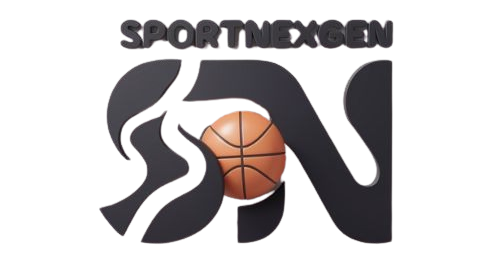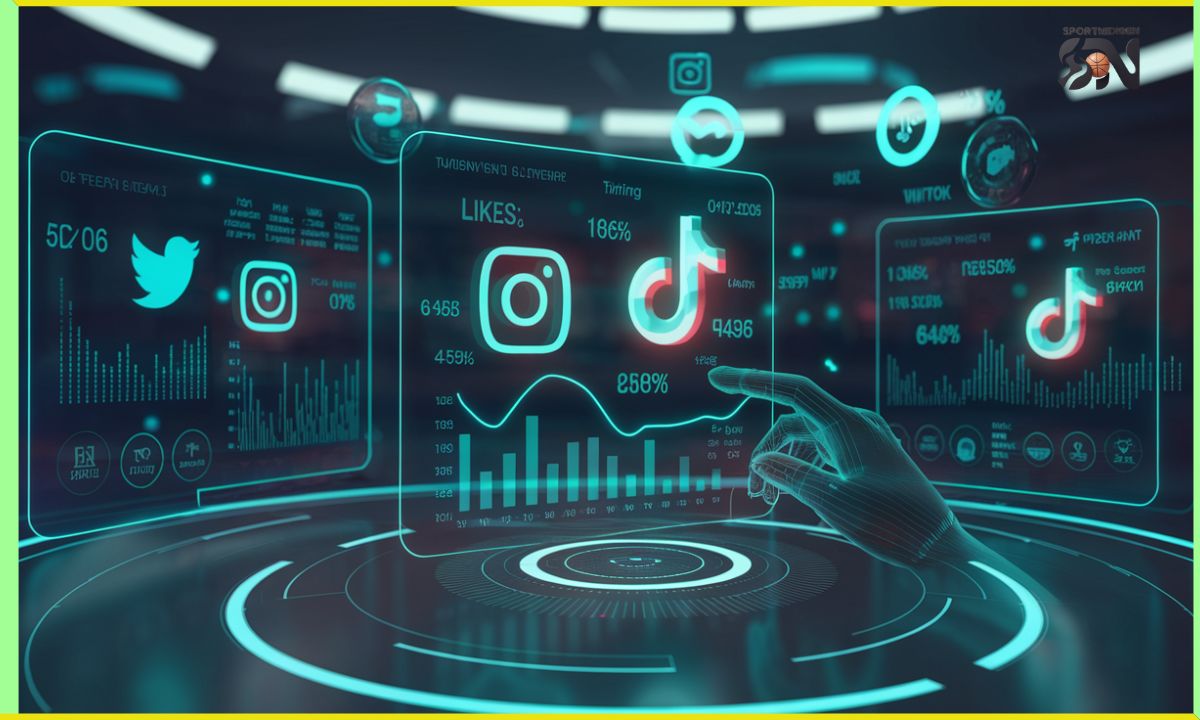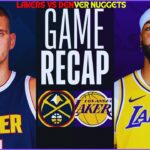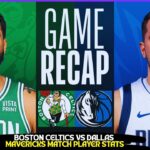In the digital age, social media has become a cornerstone of marketing. Companies rely on these platforms to reach their audience. Bounce Media Group is no exception. They use social media to connect with customers. Understanding their social stats is crucial.
It helps measure their success online. This article explores Bounce Media Group’s social media performance. We’ll look at their strategies and challenges. We’ll also discuss future opportunities in social media marketing.
What Are Social Stats?
Social stats, short for social media statistics, are quantifiable metrics that measure various aspects of a brand’s performance on social media platforms. These stats provide valuable insights into audience behavior, content performance, and overall social media strategy effectiveness.
They encompass a wide range of data points, including follower counts, engagement rates, reach, impressions, click-through rates, and mentions. For companies like Bounce Media Group, social stats serve as a compass, guiding their digital marketing efforts and helping them understand how well they’re connecting with their audience.
By analyzing these metrics, businesses can make data-driven decisions to optimize their content, improve user engagement, and ultimately achieve their marketing goals. Social stats are not just numbers; they’re a reflection of a brand’s online presence and its ability to resonate with its target audience in the ever-evolving digital landscape.
Types of social stats.
There are many Some examples include:
Follower Count:
Follower count is a key metric in social media analytics. It represents the number of users who have chosen to follow a brand’s account. For Bounce Media Group, this number varies across platforms. Instagram boasts their highest follower count, showing strong appeal to visual content consumers. Facebook follows closely, leveraging its broad user base.
Twitter and LinkedIn have smaller but highly engaged follower counts. While not the sole indicator of success, a healthy follower count provides a foundation for content reach and engagement. Bounce Media Group focuses on organic growth strategies to ensure their followers are genuinely interested in their content.
Engagement Rate:
Engagement rate is a crucial metric that measures audience interaction with content. It typically includes likes, comments, shares, and saves. Bounce Media Group pays close attention to this stat across all platforms. Their Instagram posts consistently achieve high engagement rates, often exceeding industry averages. Twitter sees rapid engagement, especially with timely content.
Facebook engagement varies but remains strong, particularly with video content. LinkedIn shows steady engagement from professional audiences. The company uses these rates to gauge content effectiveness and adjust strategies accordingly. They’ve found that user-generated content and interactive posts tend to drive higher engagement rates.
Reach:
Reach indicates the number of unique users who see a piece of content. It’s a vital metric for understanding content visibility. Bounce Media Group tracks reach carefully to ensure their message spreads widely. Their Facebook reach has grown steadily, benefiting from both organic and paid strategies.
Instagram Stories have proven particularly effective in extending reach beyond followers. Twitter’s real-time nature allows for occasional viral posts with expansive reach. LinkedIn reach grows more slowly but consistently. The company experiments with posting times and content types to maximize reach across all platforms. They’ve found that leveraging trending topics can significantly boost their reach.
Impressions:
Impressions measure the total number of times content is displayed, regardless of clicks or interactions. This metric helps Bounce Media Group understand overall content exposure. Their impressions often exceed reach, indicating that some users see content multiple times. Instagram generates high impression counts, especially through explore page features.
Facebook’s algorithm favors their content, leading to consistent impression growth. Twitter impressions spike during live events and trending discussions. LinkedIn impressions grow steadily with consistent posting. The company uses impression data to refine content scheduling and boost visibility. They’ve noticed that multimedia posts tend to generate more impressions across all platforms.
Click-through Rate:
Click-through rate (CTR) measures the percentage of people who click on a specific link or call to action. It’s crucial for driving traffic from social media to websites or landing pages. Bounce Media Group closely monitors CTR for all linked content. Their email newsletter promotions on LinkedIn achieve the highest CTR. Instagram’s “swipe up” feature in Stories has proven effective for product launches.
Facebook ads maintain a steady CTR, optimized through A/B testing. Twitter links perform well when paired with engaging visuals. The company continuously refines its CTR strategies, focusing on compelling headlines and clear value propositions. They’ve found that personalized content and limited-time offers tend to improve click-through rates.
Mentions:
Mentions track how often a brand is tagged or referenced on social media. This metric helps Bounce Media Group gauge brand awareness and sentiment. Twitter leads in mention volume, often tied to customer service interactions. Instagram mentions frequently appear in user-generated content and stories. Facebook mentions spikes during product launches and events.
LinkedIn mentions are fewer but often more in-depth, usually in industry discussions. The company actively monitors mentions for customer feedback and potential collaborations. They’ve implemented a strategy to engage with mentions promptly, boosting customer satisfaction. Positive mentions are often reshared, amplifying their impact and fostering community engagement.
Read This Article:https://sportnexgen.info/wave-of-happy/
Overview of Bounce Media Group’s Social Media Presence
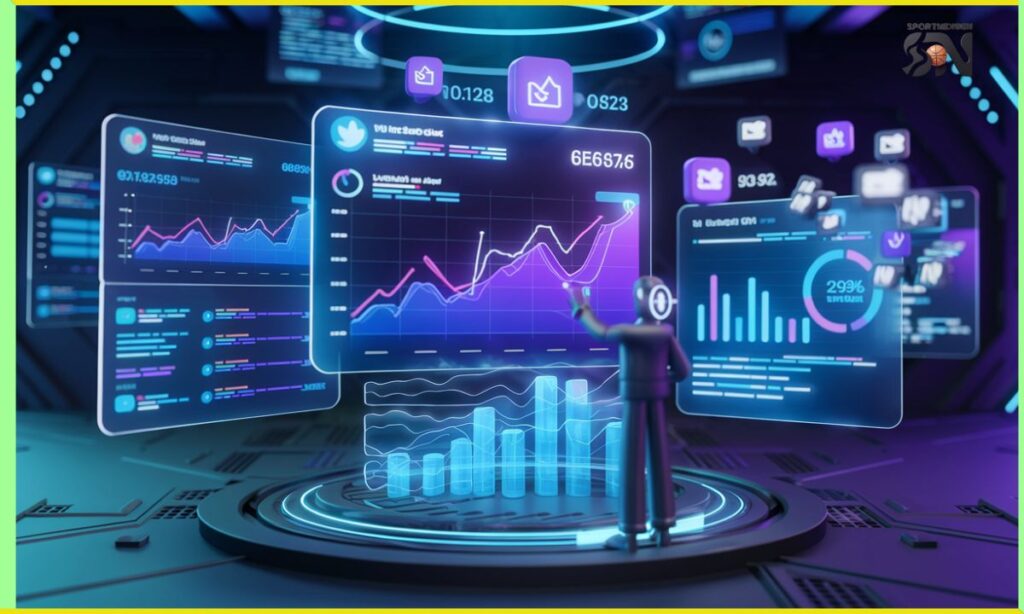
Bounce Media Group is active on multiple platforms. They use Facebook, Twitter, Instagram, and LinkedIn. Each platform serves a different purpose. Facebook helps them reach a broad audience. Twitter is for quick updates and news. Instagram showcases visual content. LinkedIn targets professional connections.
Their follower count varies across platforms. Instagram has seen significant growth recently. Twitter engagement rates are high. Facebook provides a steady stream of interactions. LinkedIn helps build industry relationships. Bounce Media Group posts regularly on all platforms. They maintain a consistent online presence. This strategy keeps their audience engaged.
Detailed Analysis of Social Stats
A detailed analysis of social stats reveals the nuanced performance of Bounce Media Group across various platforms. Their large follower base on Facebook translates into high engagement rates, particularly for video content. Their Twitter presence shines with quick customer interactions and impressive retweet rates, especially for industry news.
Instagram emerges as their fastest-growing platform, with a strong performance in visual content, Stories, and Reels. LinkedIn is a hub for professional networking, thought leadership, and industry event promotions. Trend analysis shows a consistent upward trajectory in follower growth, with a 20% increase in the past year across all platforms.
When compared to competitors, Bounce Media Group stands out with its industry-leading Instagram growth rate and above-average Twitter engagement. While some competitors may have larger LinkedIn followings, Bounce Media Group’s content quality and customer response time often outperform industry standards. This comprehensive analysis highlights the company’s strengths and identifies areas for potential improvement and growth.
Breakdown of social media performance by platform:
Facebook:
- Large follower base
- High engagement on video content
- Regular promotional posts
Twitter:
- Quick customer interactions
- High retweet rates
- Used for industry news sharing
Instagram:
- Fastest growing platform
- Strong visual content strategy
- High engagement on Stories and Reels
LinkedIn:
- Professional network growth
- Thought leadership content
- Industry event promotions
Trends in engagement and growth over a specified period:
Bounce Media Group has seen steady growth. Their follower count increased by 20% last year. Engagement rates improved across all platforms. Video content performs exceptionally well. Live streams attract high viewership. User-generated content boosts engagement. Seasonal campaigns show spikes in interaction. Holiday-themed posts get more shares. Influencer collaborations increase reach significantly.
Comparative analysis with competitors:
Bounce Media Group outperforms competitors in some areas. Their Instagram growth rate is industry-leading. Twitter engagement exceeds industry averages. Facebook ad campaigns show higher conversion rates. However, some competitors have larger LinkedIn followings. Bounce Media Group’s content quality is consistently high. Their response time to customer queries is faster than average.
Impact of Social Media Stats on Business Performance
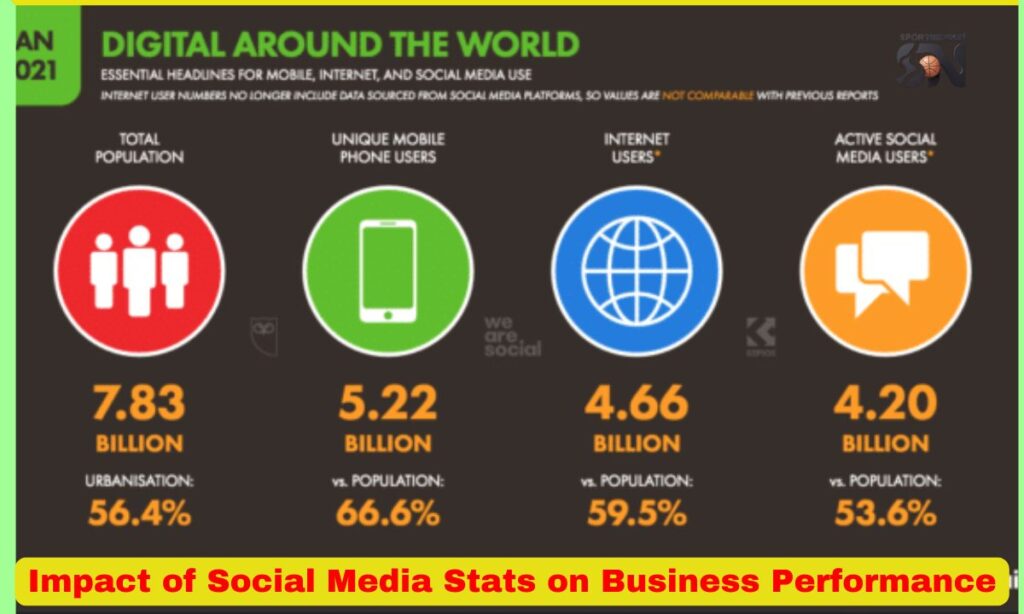
Social media stats directly affect Bounce Media Group’s success. Higher engagement rates lead to more website traffic. Increased followers result in broader brand awareness. Positive social interactions improve customer loyalty.
Social media drives 30% of their online sales. Customer feedback on platforms informs product development. Social proof from likes and shares boosts credibility.
Case studies or examples of successful social media campaigns:
- Instagram product launch:
- Collaborated with micro-influencers
- Reached 1 million users
- Resulted in 5000 new product sales
- Twitter Customer Appreciation Week:
- Highlighted customer stories
- Increased mentions by 200%
- Boosted customer satisfaction scores
- Facebook live Q&A series:
- Hosted by industry experts
- Averaged 10,000 views per session
- Generated 500 qualified leads
Strategies Employed by Bounce Media Group
Bounce Media Group uses targeted Content strategies for Social Stats. They create platform-specific posts. User demographics guide their approach. They leverage trending topics effectively. Hashtag strategies boost discoverability. User-generated content campaigns increase authenticity. They respond promptly to comments and messages. Cross-platform promotion maximizes reach. Regular social media audits refine their strategy.
Tools and technologies used for social media analytics and management:
- Hootsuite for post-scheduling and management
- Sprout Social for engagement tracking
- Google Analytics for website traffic analysis
- Canva for graphic design
- Buffer for content curation
- Mention for brand monitoring
- Iconosquare for Instagram analytics
Also Read This Article:https://sportnexgen.info/power-of-awm99x/
Challenges and Opportunities
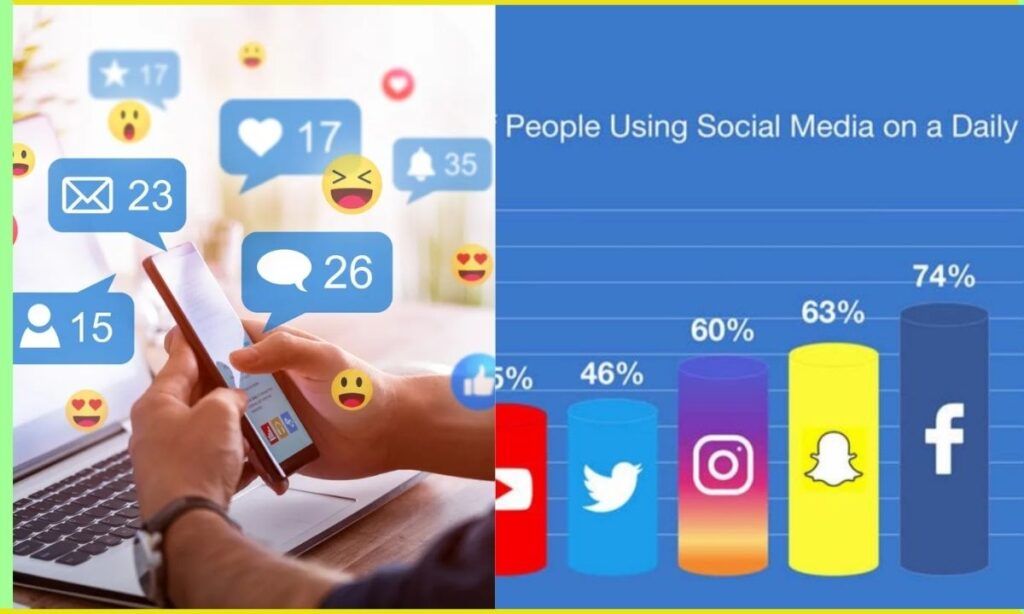
In the dynamic world of social media, Bounce Media Group faces both challenges and opportunities. One significant challenge is keeping pace with frequent algorithm changes across platforms, which can impact content visibility and engagement. Rising advertising costs on social media platforms put pressure on campaign budgets, requiring more strategic allocation of resources.
Increasing privacy regulations limit data collection, making it harder to target and personalize content effectively. Content saturation in the digital space makes it increasingly difficult to stand out and capture audience attention. Maintaining consistent quality across multiple platforms while adapting to each platform’s unique features and audience expectations is an ongoing challenge.
However, these challenges also present opportunities for innovation. The rising popularity of short-form video content opens doors for creative storytelling on platforms like TikTok and Instagram Reels.
Future opportunities based on current social stats and market trends:
- Expanding into emerging platforms like TikTok
- Investing in augmented reality filters for Instagram
- Developing a podcast to complement social content
- Exploring social commerce features on Facebook and Instagram
- Leveraging AI for personalized content recommendations
- Incorporating more user-generated content in campaigns
- Focusing on video content, especially short-form videos
Frequently Asked Questions
What is Bounce Media Group’s most successful social platform?
Instagram shows the highest Social Stats growth and engagement rates.
How often does Bounce Media Group post on social media?
They post daily on major platforms, with frequency varying by platform.
What type of content performs best for Bounce Media Group?
Video content, especially short-form videos, and live streams perform exceptionally well.
How does Bounce Media Group measure social media ROI?
They track engagement rates, website traffic, lead generation, and direct sales from social media campaigns.
What sets Bounce Media Group apart from competitors on social media?
Their quick response times, high-quality content, and effective use of influencer partnerships distinguish them.
Conclusion
Bounce Media Group’s social media performance is strong. Their strategies yield positive results across platforms. They effectively use social stats to guide decisions. Challenges exist, but opportunities abound. Continued focus on engagement and content quality is crucial.
Adapting to new trends will be key to future success. Social media remains a vital part of their marketing strategy. With careful analysis and strategic planning, Bounce Media Group is well-positioned for continued growth in the digital space.

Hayyat is a talented content writer and digital marketer with expertise in SEO, social media management, and online marketing. She excels at creating impactful, data-driven content to help businesses connect with their target audience and achieve measurable outcomes.
